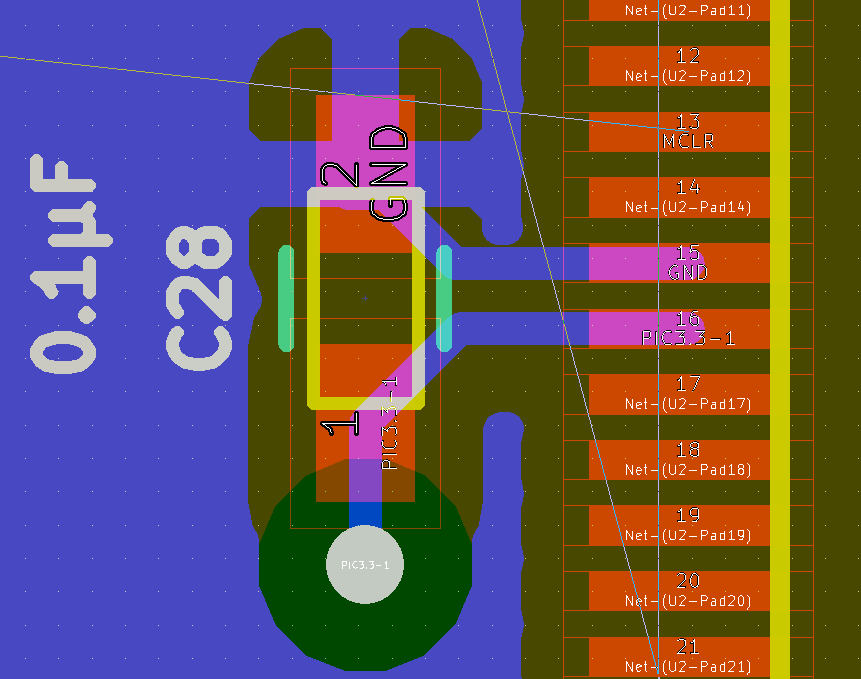I am currently working on my first microcontroller hardware design; I had a microcontroller class in college, but it focused on the software side of things, and used a pre-made development board (for the Freescale 68HC12).
I have a question that I hesitate to ask because it seems fairly basic, and perhaps even obvious, but at the same time I have not been able to find a clear answer while searching through either datasheets or online forums.
I have decided on an STM32F7-series chip, and I am running into this query while planning out its basic power and ground connections. I see a total of 12 Vdd pins on the 144-LQFP package (9xVdd + 1xVdda + 1xVddusb + 1xVddsdmmc), but only 10 Vss pins. Quick aside: I briefly considered Microchip's dsPIC33F for this project, and I noticed a similar imbalance (7 Vdd pins and 6 Vss pins).
I have been reading some introductory hardware design documentation, and the importance of decoupling caps placed close to the device for each Vdd/Vss pair is always emphasized forcefully for high-speed designs. I wonder what I should do for those Vdd pins which have no obvious Vss pairing. My PCB will certainly be incorporating a ground plane layer, so I could simply decouple those un-paired Vdd pins directly to the plane, but I just always got the sense that those Vdd/Vss pin pairings were important.
Am I missing something obvious?
I have included a couple of pictures below, which show my current strategy for decoupling both a Vdd/Vss pair and a single Vdd pin. Please do let me know if there is an obvious issue with either method.


